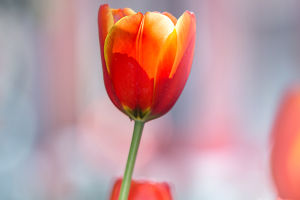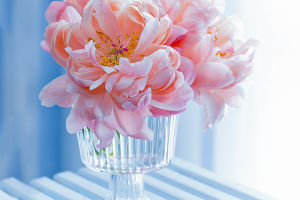When it comes to indoor plants that seamlessly blend beauty, symbolism, and low-maintenance care, the Jade Plant stands tall—both figuratively and literally.
Renowned for its lush, lustrous leaves and its association with good fortune and abundance, the Jade Plant has become a popular choice among seasoned plant enthusiasts and newcomers alike.
Origin and Appearance
Native to South Africa, the Jade Plant belongs to the Crassulaceae family and is distinguished by its thick, fleshy leaves designed to store water—a trait that aids its survival in arid conditions.
Its leaves typically exhibit a round or teardrop shape, displaying shades ranging from deep green to blue-green. With exposure to ample sunlight, they often develop reddish or brownish tints along the edges.
The Jade Plant can grow to a considerable size, frequently reaching heights of over three feet (around one meter) when cultivated indoors. Over time, it can take on a tree-like appearance, with a sturdy trunk and branches that lend it a unique visual allure.
Symbolism and Cultural Significance:
Beyond its aesthetic appeal, the Jade Plant holds profound cultural significance in various parts of the world. In Chinese culture, it is closely associated with prosperity, wealth, and good luck.
Often referred to as the "Money Plant" or "Dollar Plant," many believe that having a Jade Plant in one's home or workplace can attract financial success.
To amplify its auspicious energy, it is recommended to position the plant near an entrance, as it is believed to invite wealth and good fortune. Its rounded leaves and vibrant aura are thought to promote harmony and abundance, making it a favored choice in decorative arrangements.
Care and Maintenance:
The Jade Plant's popularity stems in part from its ease of care, making it an excellent choice for both seasoned gardeners and newcomers. Here are some tips to ensure your Jade Plant thrives:
Sunlight: While the plant can tolerate some direct sunlight, excessive exposure can result in sunburn on its leaves.
Watering: These succulents prefer to be kept on the drier side. Allow the soil to completely dry out between watering sessions and take care not to overwater, as this can lead to root rot.
Soil: Well-draining soil is crucial for the Jade Plant's health. A blend designed for cacti or succulents is ideal to prevent waterlogged roots.
Temperature and Humidity: Jade plants are comfortable in typical indoor temperatures and can handle average household humidity levels.
Pruning: Regular pruning can help shape the Jade Plant and encourage fuller growth.
Fertilizing: During the growing season (spring and summer), feed your Jade Plant a balanced liquid fertilizer every 4-6 weeks.
Propagation: Propagating a Jade Plant is quite simple and can be achieved using stem cuttings. Allow the cuttings to dry for a day or two before placing them in well-draining soil. With time and care, these cuttings will develop roots and grow into new plants.
The Jade Plant's lush appearance, cultural significance, and minimal care requirements make it a delightful addition to any indoor plant collection.
Its presence not only introduces natural beauty into your space but also serves as a reminder of the enduring values of prosperity, adaptability, and growth—qualities that hold relevance for all of us.
Whether you are an experienced plant enthusiast or a novice eager to embark on your indoor gardening journey, the Jade Plant is an excellent choice that can flourish with a little love and attention.


